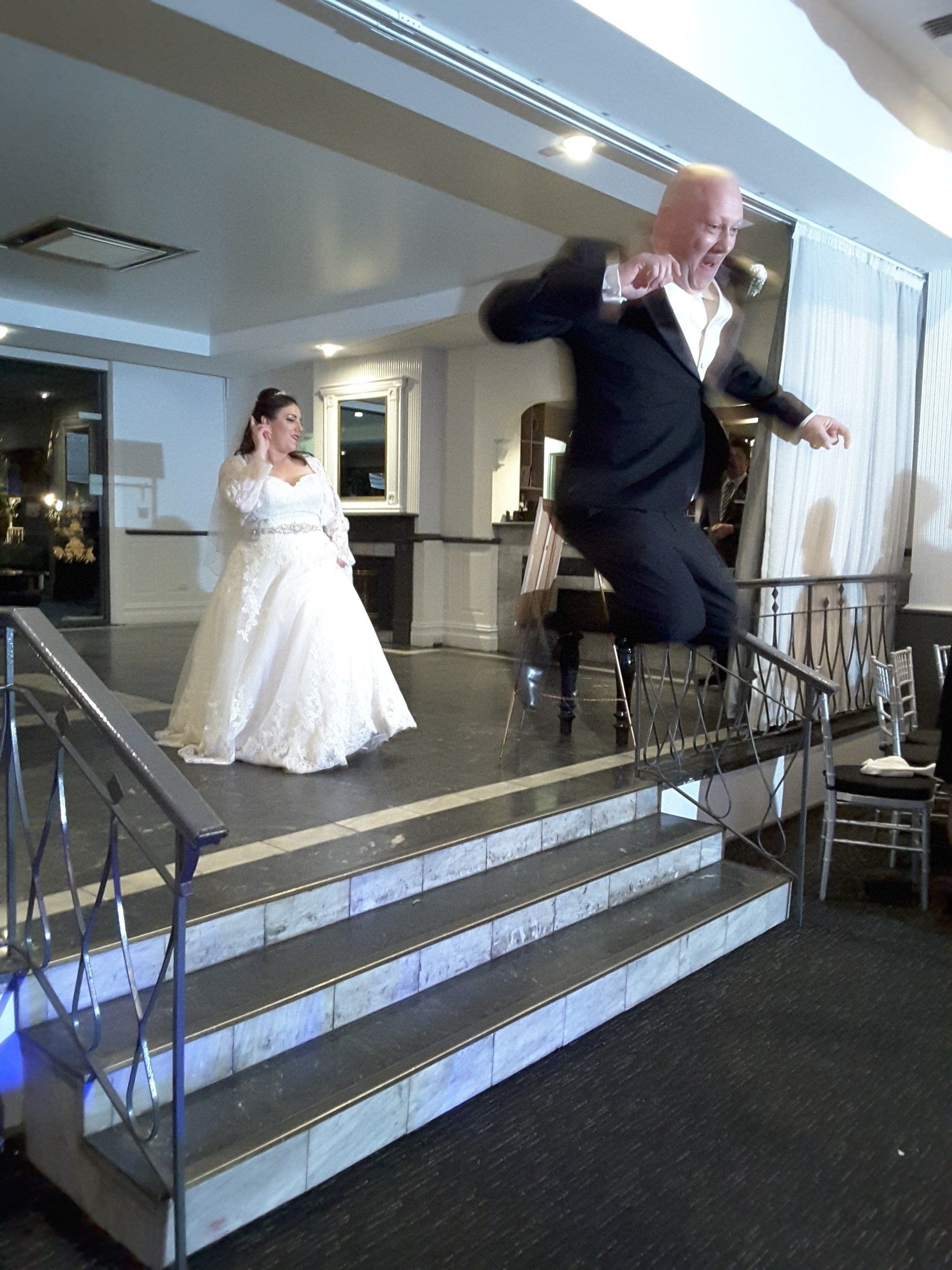Leap Year Proposal
Leaping into the Future

Leaping to a Marriage Proposal
I’m writing this a few days before 29th February, a date that occurs only once in four years when we add an extra day to the calendar. This was originally established by Emperor Julius Caesar in the year 45 BC because the Roman year was originally 355 days and he wanted to keep the seasons happening at the same time every year. In the modern sense, the first leap year in Britain was 1752, when Britain and her colonies adopted the Gregorian calendar and they chose to add eleven days in September that year.
A leap year occurs when the year is divisible by four and is notable now because it’s usually a year when the Olympic Games are held. But it also has some fascinating traditions surrounding it, and a search of the Internet will reveal all. I’ve taken this information from various sources, most particularly timeanddate.com.
It may be history, or perhaps an old Irish legend, that St Brigid struck a deal with St Patrick to allow women to propose to men every four years. In many European countries, any man who refused such a proposal had to pay a penalty by buying the woman twelve pairs of gloves, so that she could hide the embarrassment of not having an engagement ring. In other places and cultures the day was known as Bachelors’ Day, and the man would hand over money or a gown if he refused.
Leap Day is also called St Oswald’s Day, to commemorate the Archbishop of York, who died on this day in 992.
If you have a child born on 29th February, make sure they are named in the Honor Society of Leap Year Day Babies (their spelling of Honour , not mine!). Of course, those children will always have fewer birthdays than the rest of us and will always be much younger!!
You could choose to have a wedding anniversary date that nobody will forget by being married on that day. No that’s really special.
Finally, if you’re becoming impatient waiting for a proposal, don’t wait any longer. Take a 'Leap' of faith and
DO IT YOURSELF!



